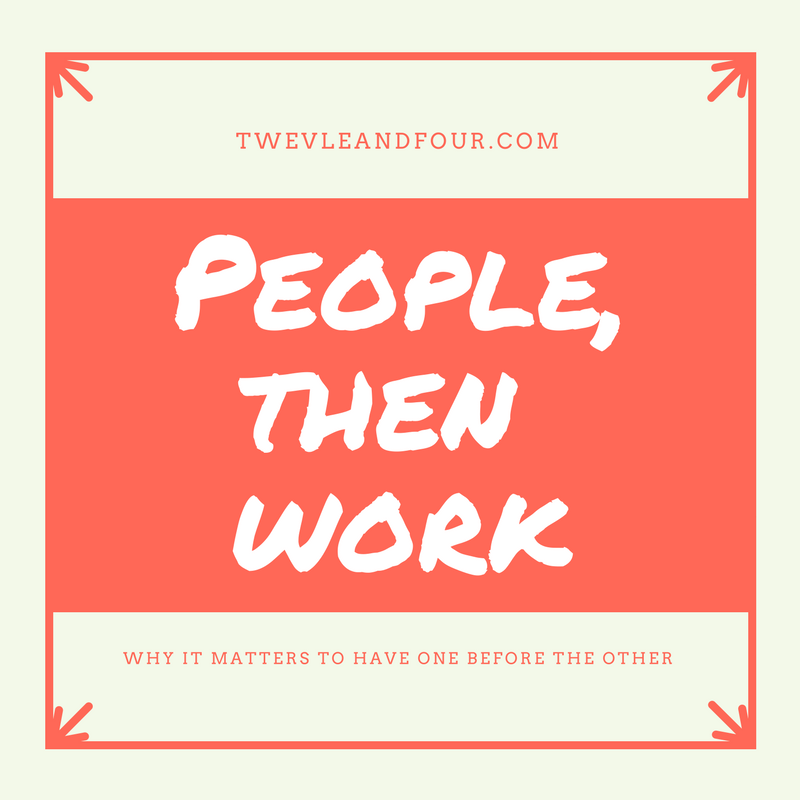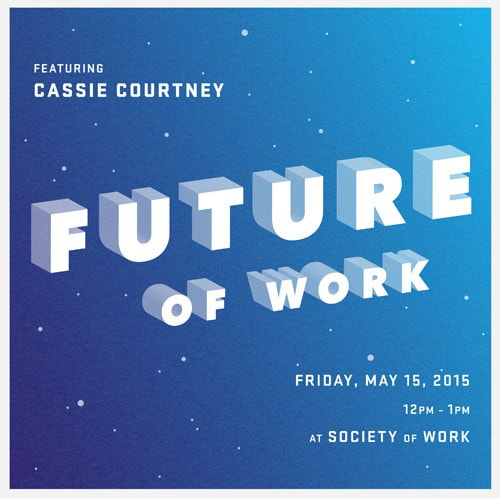People & Pedestals -a lesson in owning our valuesEarlier this year I had an epiphany about the responsibility I needed to take around those that influence me. The thought came out like this and I threw it on Twitter:
You can’t control who comes in and out of your life, but you can control the pedestals they stand on. #choosewisely I know from the onset this seems like a sad realization, but really it has helped clarify a thinking pattern that was off balance for me. I’ve learned so much from about the role I play in keeping my pedestals in place and people in place too. Fundamentally, we need to accept people are human; not robots, God, or super heroes. Humans and are inherently flawed and thats what makes them unique and beautiful. Flawed doesn’t mean they aren’t lovely it just means, you have to allow that characteristic of imperfection to exist in your appreciation for them. Here is why…
Well, if I can’t control the people that I allow to disappoint me, then what am I choosing? You my friend get to choose the pedestals and all their characteristics. What are our pedestals? I would say in general, our pedestals are the things we value the most in others. I’ll give you a few samples of my own professional pedestals:
I’ve met lots of people who stand on all of these pedestals in my life — so many I’m thankful for (you know who you are), but know this; the higher the pedestal, the harder the fall. While you don’t control or dictate the people you meet, or who you get introduced to, and sometimes, who you work with, we do control our response to these events appropriately. What we do have some say in, is the responsibility we have to take inventory of our values and discern if they are out of balance.
1 Comment
KANBAN AT HOME — QUICK STARTI tell tons of people that having an Agile approach in all walks of life is the way to go. I’ve collected lots of information over the years, but no quick way or method to jump into applying the solo-scrum goals that helped change me, so here is a simple free quick start guide. Find a place that you can look at regularly and not feel anxiety: your mirror, your office white board, your fridge, don’t care just be sure you don’t feel bad about it. It needs to be place that is a part of your natural routine and helps bring you life. Create some columns for your ideas:
Culture & Operations - a look at the way we workI was telling someone a few weeks ago about the value of culture & operations and I pointed them to my deck from a talk I had at Society of Work back in 2015. Its an old deck but the bullets I have on both sides of “culture” and “operations” still ring true today.
People... then Work Having spent a large amount of time in professional services and startups, being exposed to healthy organizations and unhealthy organizations have fundamentally changed the way I think about people, operations and organizational culture systems. I’ve been pondering these themes and past experiences a lot lately and I’ve determined that the answer to these 3 questions tell me exactly what I need to know about an organizational system before I get in the door. Is the leadership trustworthy? “Hey, do I know you??!” Sounds a bit interrogative, but its having a keen sense of healthy interrogation to whom you work with can be very healthy. In its purest form, asking questions, learning everything you can means, you want to learn all you can. Besides, who wants to push a rope up a hill? You want people who want to be there and who want to do all they can. Ain’t nothing wrong with that! With the right intent, your efforts can be a huge trust builder. Ask the questions, learn everything you can and don’t forgo your gut. Does the organization feel flat? Speaking of leadership, the best kind of organizations make little to no qualms about their roles or titles. Responsibilities however, now thats an entirely different story. The key to flat orgs is 1.) everyone trusts and is trusted and 2.) everyone acts as an owner and therefore being a leader is everyone’s job. Come to work, get things done and don’t get caught up in “who is who”. This is a trait that takes little to no time to identify. Is there open and encouraged feedback loops? One of my biggest metrics of successful teams and healthy companies is this little ditty — do you ask for feedback, give it and do you do it regularly… with everyone. How do people expect to improve and do marvelous things with out the accountability of each other which comes by virtue of regular communication intervals. If you don’t have a postmortem ceremony in your organization, you should consider doing that soon. And I’m not talking about annual or quarterly reviews folks, I’m talking about feedback on projects, on work, as it comes in real time and in a dedicated framework. |
Details
ArchivesCategories |

 RSS Feed
RSS Feed